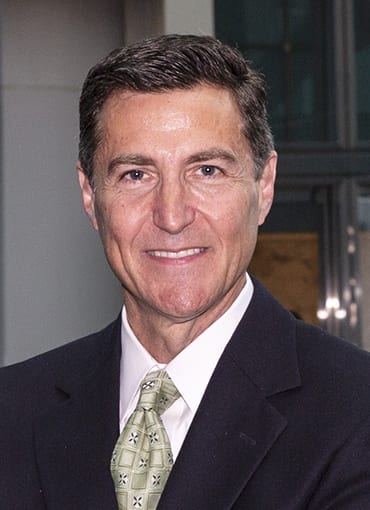
While it’s hard to find a silver lining in the COVID-19 pandemic, one can be found in the home healthcare industry, where the COVID-19 crisis reinforced the critical need for flexible and affordable home healthcare options. The learnings, across a large spectrum of ages and disabilities, demonstrated positive outcomes for individuals who were able receive self-directed long-term care services while also maintaining independence at home.
Self-direction, the consumer’s choice to select a family member, friend, neighbor or other person to provide care rather than hiring an agency, is not a new concept, but its adoption experienced unprecedented growth during the pandemic. In 2016, the number of people electing self-direction over institutional care hit the 1 million mark, and in 2019, just before the rise of COVID-19, the number was estimated to be 1.25 million.
The value of this model was shown as a viable vehicle to keep those in need of long-term healthcare at home, without financial burdens or forced placement into traditional institutional settings such as nursing homes.
When an individual elects self-direction, they make the decision about their care, and it is a personalized solution. Key aspects — from the specific caretaker to the expectations and hours — are decided by the participant. Often, that care is delivered by a trusted friend, neighbor or relative, and those caregivers are not only compensated for their time but the cost is covered by Medicaid. Never was a solution like this more important than during COVID-19 — when community daycare programs were closed. Help was needed when we were unable to leave our homes, the demand for professional healthcare workers was at a premium and many could not afford to pay out of pocket for extra care.
Move to consumer choice
Self-direction started in the 1950s, but in 2004, Mathematica Policy Research conducted the Cash and Counseling Demonstration and Evaluation Study, funded by the Robert Wood Johnson Foundation. The study evaluated shifting the paradigm in long-term care from a rigid model to one focusing on consumer choice and flexibility. The outcome of the CCDE study resulted in the availability of a “cash” benefit, primarily to give Medicaid beneficiaries with disabilities the same ability to choose and control the meeting of their needs for home-and community-based services as private payers.
The participant, or a designee, is the employer of the home healthcare worker, not an agency. As such, participants have employer responsibilities by law. The Centers for Medicare and Medicaid Services (CMS) requires that states and Managed Care Organizations offering self-direction ensure participants have ample support to assign administrative and compliance responsibilities to professional third parties known as Financial Management Services (FMS) entities. While the 21st Century Cures Act mandated certain tools be in place to assist, companies like HHAeXchange offer a suite of tools for providers and payers to fully support these first-time employers and the FMS entities who help them. These tools will continue to evolve as demand increases.
What’s next?
Now that the pandemic is coming to an end, what’s next for self-directed care? HHAeXchange’s data tracking shows an increase of 10% already this year. That is up from the 7-8% annual increase previously seen for self-direction services. Going forward, we expect to see a minimum of double-digit growth each year.
The growth of self-directed care will access a previously untapped workforce. Currently, there are more than 800,000 people on waiting lists seeking home health care aids. With many participants opting for for self-directed care, non-traditional workers are being employed, reducing the strain on traditional caregivers.
Another major item on the horizon is President Joe Biden’s $2 trillion “American Jobs Plan,” proposed on March 31, 2021, which includes $400 billion to expand access to home-based care and Medicaid coverage of long-term care outside of institutional settings. It is unclear what the direct benefit to self-direction will ultimately be, but given the growth thus far, we believe that the legislation will provide opportunity in this area.
As the landscape expands, so does the awareness of services provided. Currently, over 50% of state Medicaid programs and Veterans’ Health Administration funded programs include options to use Medicaid dollars to purchase goods and non-employee services that can reduce the individual’s need for other Medicaid services. We expect to see more states adopt similar policies.
It is not often that such an opportunity is found in something as tragic and painful as COVID-19, but for those who need long-term healthcare, that is exactly what happened.
Greg Strobel is CEO of HHAeXchange, an industry-leading enterprise home care platform connecting states, payers, providers, caregivers and individuals. Strobel is a seasoned senior executive with more than 30 years in the healthcare software and services industry. He has been instrumental in driving the company’s continued growth across both agency and self-directed solutions, landing HHAeXchange on Inc.’s List of America’s Fastest Growing Companies for the past seven years in a row.




